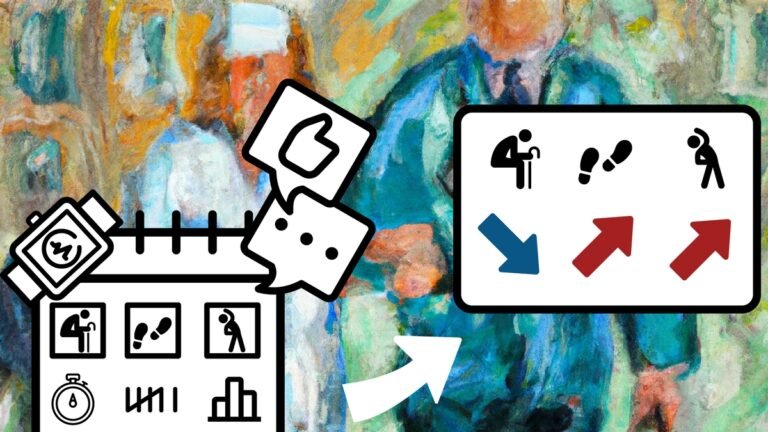A recent study conducted by Kobe University highlights the potential of self-monitoring of physical activity combined with accelerometers and feedback as an effective strategy to increase physical activity in older adults in need of long-term support. It has been. The study was conducted in collaboration with researchers from Reiwa University of Medical Science’s Torifuru Yukuhashi Nursery School and included 52 long-term care patients at a Japanese nursery school.
Main results of the study
The study results showed that the intervention group who wore accelerometers and received feedback took more steps, spent less time sitting, and engaged in more light physical activity. The researchers emphasized the importance of increasing physical activity in this population. Increasing physical activity can help prevent serious illness and reduce health care costs, benefiting individuals as well as the health care system as a whole.
Additionally, this study is the first to include not only self-monitoring steps but also sedentary time. Participants who were encouraged to set goals, track their progress, and receive feedback found that they took more steps each day, spent more time in light physical activity, and spent less time sitting. Ta. This research was supported by JSPS Grant-in-Aid for Scientific Research and Reiwa Medical University University Support Research Fund.
Implications for future research
Although the 5-week period of this study was too short to capture real health-related quality of life benefits, it provides a solid foundation for future research on promoting physical activity in older adults with assisted living. Offers. The researchers suggest that future studies should include larger samples, a broader range of activities, and long-term follow-up to test the intervention’s sustained effectiveness. .
It’s important to note that researchers believe these simple measures can promote behavior change. A study conducted in Japan that investigated the effects of self-monitoring interventions using accelerometers on physical activity in elderly people covered by the long-term care insurance system (LTCI) found that self-monitoring was effective in increasing step count. Light physical activity, reduced sedentary behavior, etc. were found.
conclusion
In conclusion, the Kobe University study shows that self-monitoring of physical activity with accelerometers and feedback is an effective tool to improve physical activity in older adults who require long-term support. The results of this study could form the basis for future research on promoting physical activity in older adults, potentially significantly reducing healthcare costs and improving quality of life for older adults. As the population ages rapidly, such interventions may prove essential in managing future healthcare demands.


